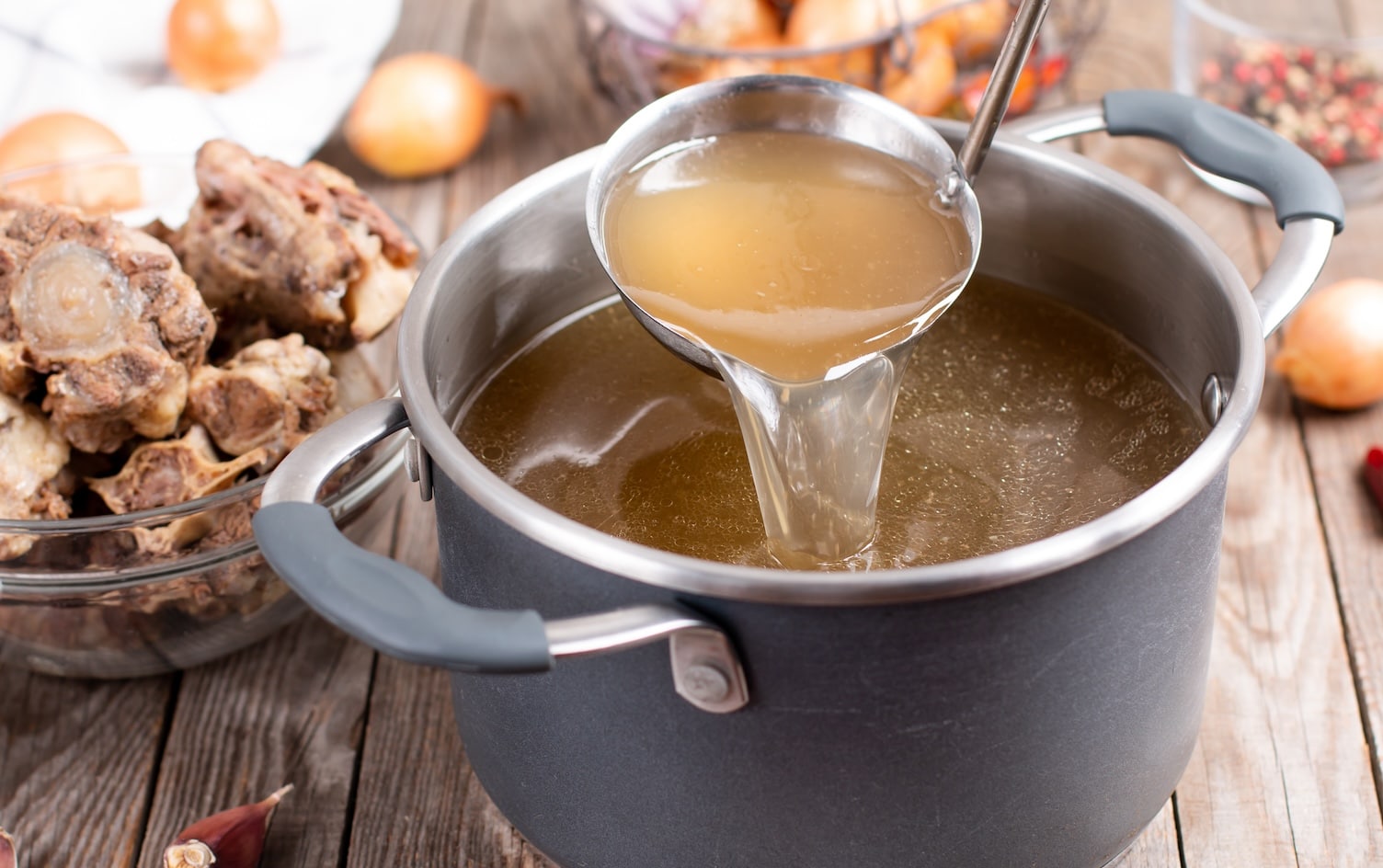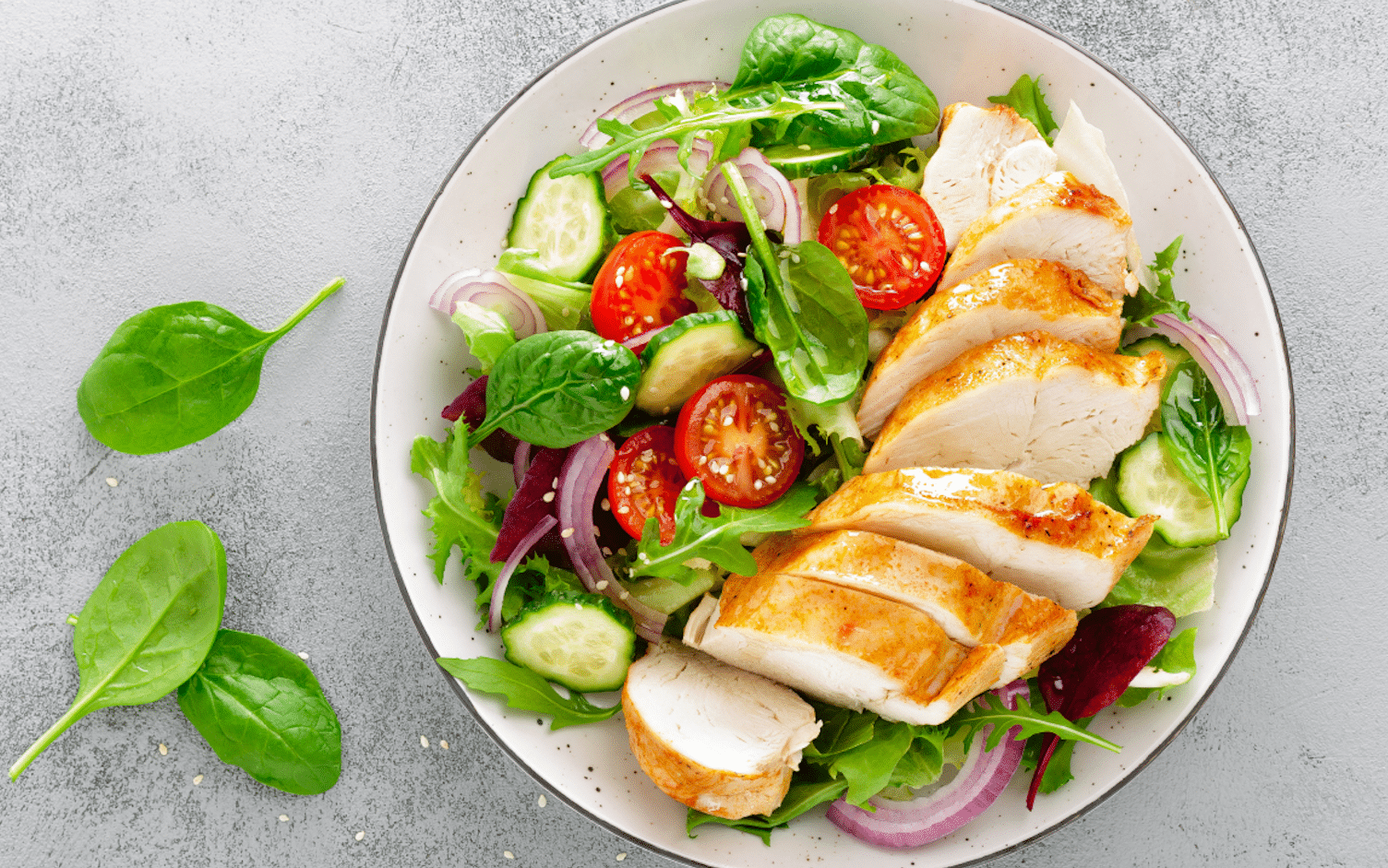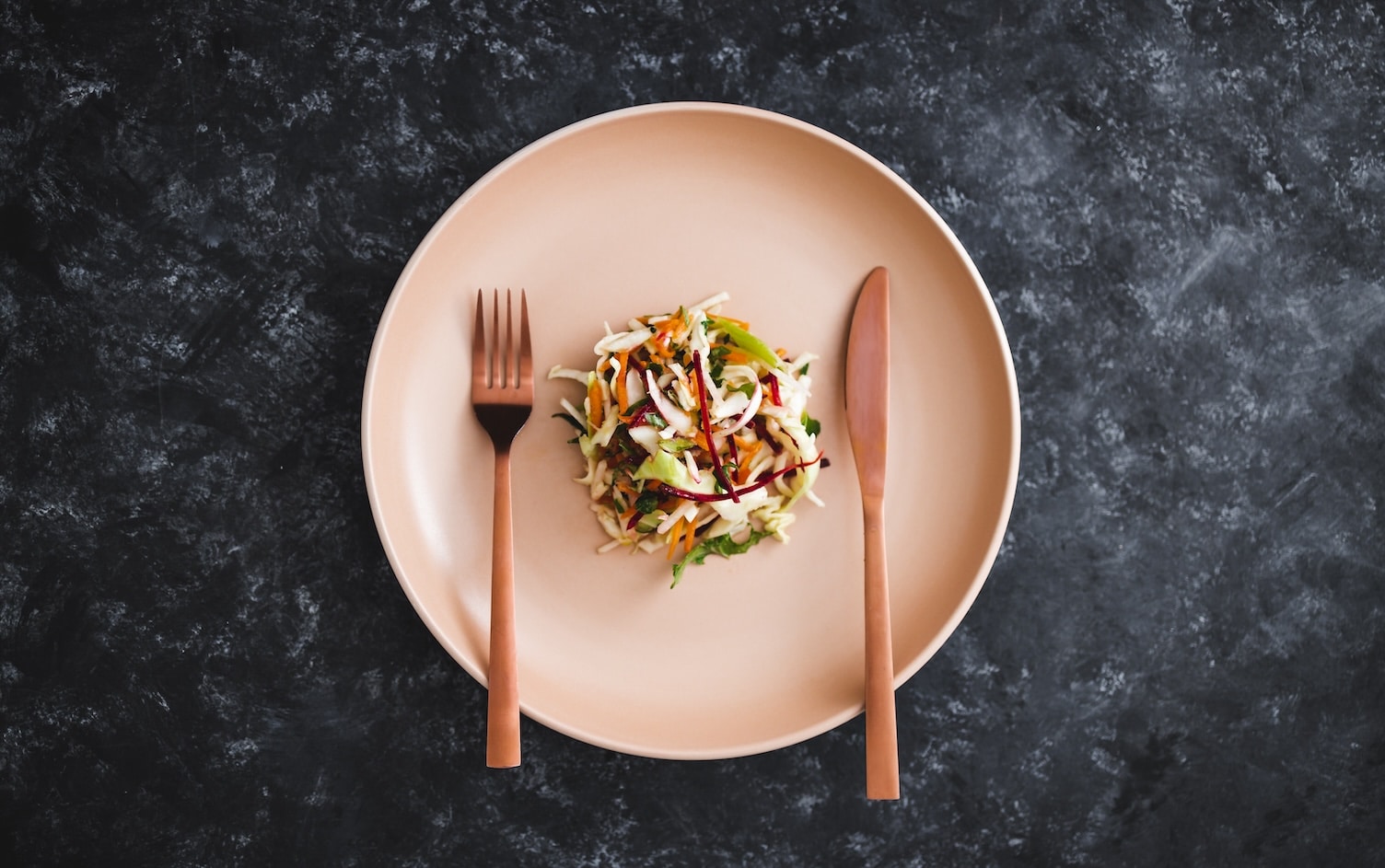Antibiotics have been given to farm animals since the 1940s to prevent disease and help the animals grow fatter, faster. Today, more than 80% of the antibiotics sold in the United States are used on farm animals. However, in early 2017 the FDA banned the use of human antibiotics for the sole purpose of growth promotion in animals and now requires farmers to get a veterinarian’s prescription to use them. While that may seem like progress, there’s a loophole: As long as the farmer’s justify their use as “disease prevention” rather than “growth production,” they can continue to use antibiotics — regardless of whether or not the animals appear ill or show symptoms of disease. Still, there’s a growing health demand for poultry raised without antibiotics.
THE TROUBLE WITH ANTIBIOTICS IN POULTRY
The FDA and USDA have strict guidelines and regulations that ensure all chickens are “weaned” from antibiotics well before being processed. However, the concern isn’t that the actual antibiotic is passed on to humans during chicken consumption. Rather, the main concern is with the resistant bacteria that survives antibiotic treatments and continues to live inside the bird’s gut, which are then potentially passed on to humans. Thus, people who ingest these bacteria can develop infections resistant to antibiotics, meaning antibiotics doctors commonly use to treat them are rendered ineffective. Such infections can be especially dangerous for people with compromised immune systems such as those with chronic inflammatory conditions, the elderly, people with HIV/AIDS or those being treated for cancer.
In addition to the primary risks posed during consumption, bacteria can also be transferred through the animal’s poop into our water system and fertilizer, which may then be used on produce and other food crops. When we eat those crops, the resistant bacteria begins to thrive in our guts, too.
THE SCIENCE
Most studies have been observational rather than experimental, giving food producers room to insist there’s not enough evidence supporting transfer of resistant bacteria. But a recent study published in the American Society of Microbiology goes more in depth than previous research and shows resistant bacteria can be transferred from animals to humans via your weeknight roast chicken.
To avoid these two possibilities, many health professionals as well as the World Health Organization support farming practices that include no use of antibiotics anytime during the lifecycle of the bird.
HOW IT AFFECTS NUTRITION
Nutritionally speaking (as far as numbers go), chicken raised on antibiotics has the same calories, and macros (protein and fat) as organic chicken or chicken raised with no antibiotics. But aside from drug resistance, there’s still the possibility our gut microbiomes are altered when we consume chicken with antibiotics. Whether it’s the antibiotic itself or the drug-resistant bacteria, the introduction of either of these into our microbiomes can pose a significant risk to our health. Poor gut health has been linked to poor digestion, weight gain and even diseases like diabetes, cancer, asthma, obesity and Alzheimer’s.
THE BOTTOM LINE
Consuming poultry with antibiotics on occasion is not likely to be a big problem. But if you eat chicken regularly, or want to avoid chicken raised with antibiotics, look for labels with the following phrases:
- USDA organic
- No antibiotics ever or “no antibiotics administered”
- Food Alliance Certified
- Animal Welfare Approved
- Certified Humane
Other things you can do to avoid bacterial infection include storing your poultry properly (below 40°F or 4.5°C) and cooking it to an internal temperature of at least 165°F (74°C). Also make sure you wash your hands, utensils, counter space, cutting boards and anything else that may have come in contact with the raw food.




